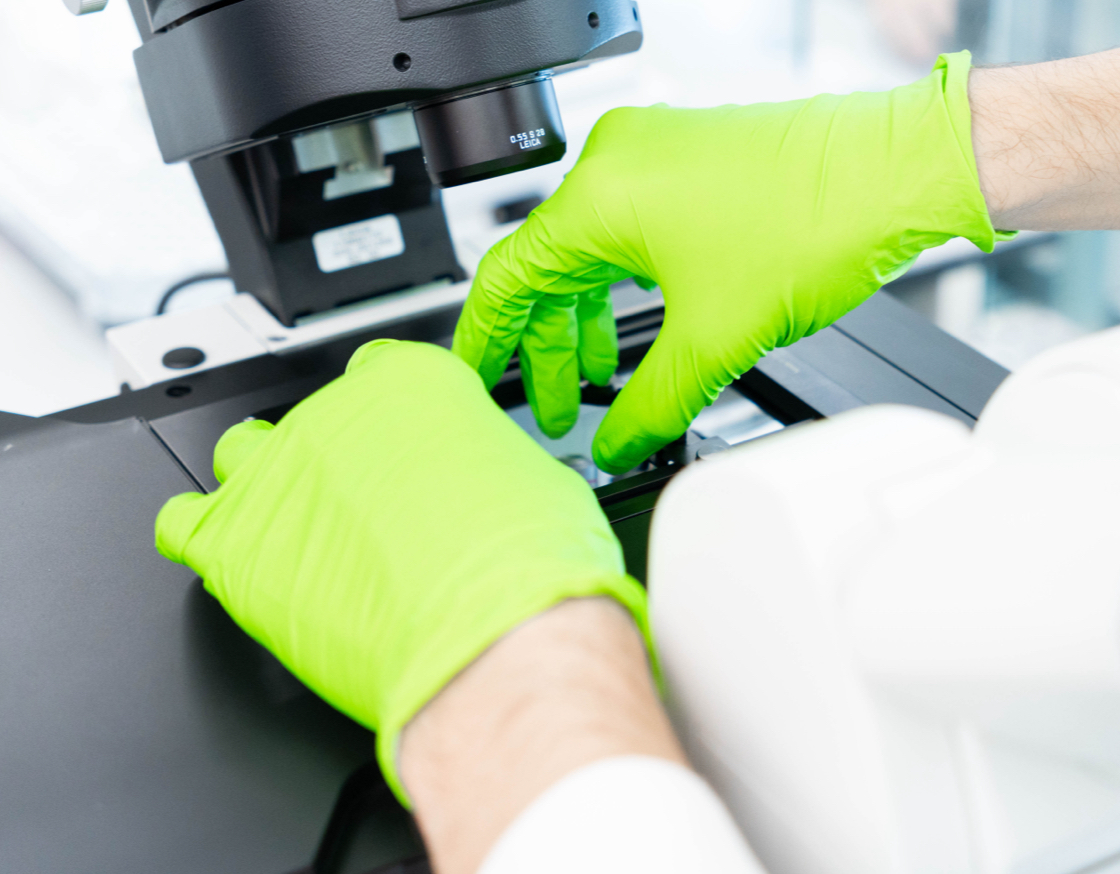MOLOPEC-2+
Molecular Catalysts to Enable Organic Photoelectrodes for Efficient Photoelectrochemical H2 Production and CO2 Reduction to C2+ products
Project description
During the 1st stage of the BIST Ignite MOLOPEC project, researchers from ICFO, ICIQ, and ICN2 teamed up to implement a fully organic triple tandem structure targeting H2 and CO2R and to describe the operational key points and drawbacks by state-of-the-art characterization techniques.
With the 2nd stage, the MOLOPEC-2+ project, the researchers will utilize the results obtained during the 1st stage to fine-tune materials and exploit the most relevant techniques, conclude the fabrication and testing of the overall multielement tandem structure, test it in field conditions for relevant periods, identify its failure points, and open novel in-depth characterization lines by employing Small Angle X-ray Scattering and Wide Angle X-Ray Scattering (SAXS-WAXS) with Synchrotron radiation and Nuclear Magnetic Resonance (NMR) thanks to the ReMade@Ari funding secured, which offers transnational access to state-of-the-art european analytical research infrastructures.
The MOLOPEC-2+ project will target the fabrication of different-blend tandem structures (PM6:Y6/PM6:F-M/PTB7-Th:O6T-4F), fine-tune the computational simulations to account for the OPEC’s overlapped Tauc and diodic behaviors from the photoactive layer and the WOC catalyst, exploit cryo-TEM to understand blend’s inhomogeneities and correlate that with charge extraction and performance, build a hole-prone, H2O-blocking molecular WOC layer, and understand the degradation causes upon overall implementation. With this, high-impact publications are expected depicting the organic blending arrangement relation with charge extraction and transport to electrolytes, the interface energetics between blends and molecular WOC, and the built-up of an all-organic triple tandem being highly productive for CO2R to C2+ value-added products.
Altogether, we intend to understand, simulate, fabricate, and operate a photoelectrochemical system targeting C2+ products (specialy ethylene, ethanol and 2-propanol), fully based on a tandem of OPEC/st-OPV/OPV organic photoabsorbers and protected and catalyzed by molecular catalysts, understanding its synergies and degradation factors with state-of-the-art characterization techniques, moving towards highly productive and stable H2 and CO2R synthetic solar fuels generation. ICFO’s expertise in OPV and OPEC fabrication will be combined with ICIQ’s top-performing molecular catalysts, and ICN2’s expertise in state-of-the-art Electron Microscopy –based analysis will allow for a deep comprehension of a high-performing novel technology.
Partners
- ICIQ - Fundació Institut Català d'Investigació Química
- ICFO - Institut de Ciències Fotòniques
- ICN2 - Institut Català de Nanociència i Nanotecnologia
-
Call identifier: BIST Ignite Programme 6th Edition (2nd Phase) – Award Stage
-
Timeline
14/11/2024 - 13/10/2025
-
Budget
Overall Budget
50,000 €
ICIQ's Budget
16,500 € -
Principal Investigator
Dr. Sergi Grau Abarca
-
Project Coordinator
ICFO
-
Financing Agent / Programme
BIST

Let's create a brighter future
Join our team to work with renowned researchers, tackle groundbreaking
projects and contribute to meaningful scientific advancements















